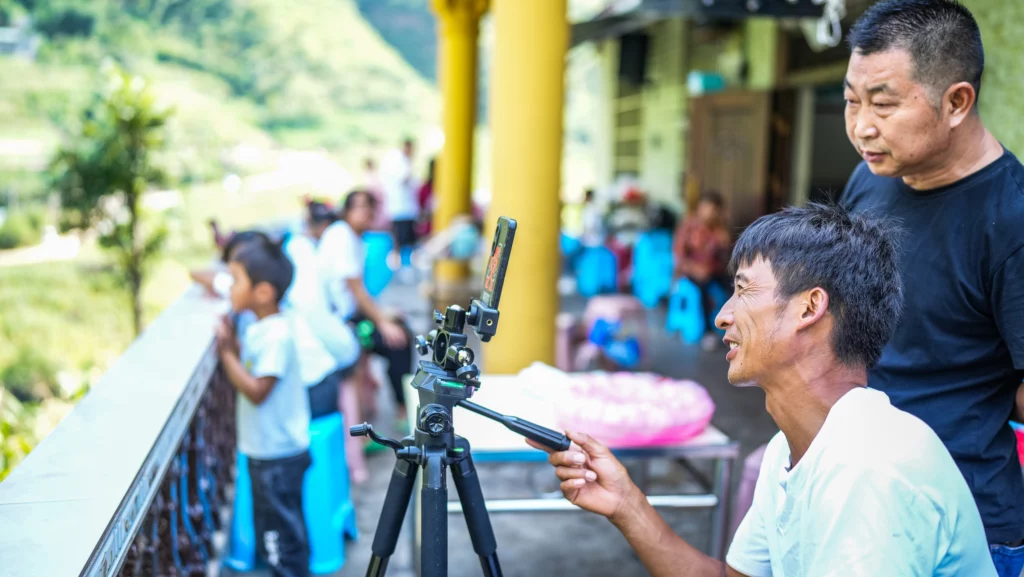In 2019, the gaming revenues contributed 80% to total government revenues, assisting in accumulating annual fiscal surpluses, until the fallout and losses to Macao’s casino and tourism industry during COVID-19. The process to casino concession renewal in 2022 presented an opportunity to reflect on the 20-years of casino liberalization, to embark on a public consultation process, and to study and reach consensus on a vision of Macao in 2033.
Understandably there are many socioeconomic and global tourism destination competitive factors and influences to consider. Given this, a tourism destination strategy is rarely static when extrapolating on expected outcomes of a 5- or 10-year vision.
The casino concessions are for 10 years, expiring in 2033, a time in which they have made commitments to invest and develop various non-gaming sectors. This public and private collaboration, of the multiple stakeholders across government departments and Macao’s tourism and hospitality sector, will also be a key issue on diversification outcomes.
Ensuring interdepartmental cooperation and division of tasks are written in the recently published diversification strategy by the Macao authorities, the Development Plan for the adequate diversification of the economy of the Macau Special Administrative Region (2024 – 2028).
In general, a tourism diversification strategy follows a clearly defined process. Along this pathway, as the vision for the destination is established and objectives and goals are put in place, key performance indicators (KPIs) are then added to access that the tourism goals have met the original goals.
The destination will define what diversification looks like through the goals. I have recently examined and presented on Macao’s KPIs and diversification objectives, admittedly a work in progress, and designed as such, given the dynamic nature and ongoing timeline of diversification*.
Key indicators from 2022 are presented in Macao’s economic tourism diversification plan on healthcare, finance, technology, sporting, and business events, of where the sectors are now, and through various actions outlined, expectations by 2028, driven through various priorities, actions and destination positioning statements to build on Macao’s reputation, destination brand and visitor appeal.
2022 was during COVID-19 restrictions, so the indicators reference at times back to 2019. The expectation from the actions of the diversification plan includes that gaming reduces in terms of contribution to gross domestic product and non-gaming reaches about 60%.
The plan specifies that non-gaming spending per visitor should continue to grow, with overnight stays and international visitation returning to the 2019 level of 18.6 million (47.3% of total visitation) and 3.1 million (8% of total visitation) respectively. In 2019, the average length of stay was 1.2 with the plan stipulating that the 1.5 average stay in 2022 should continue to rise.
Reflecting on my diversification studies on KPIs to date, 2 interesting aspects have emerged. First, is showing certain KPIs have a direct correlation and association to the goal outcome. For example, what actions specifically influenced the visitor to stay longer (or did not) or had to the ability to attract a certain international visitor for the first time and using this feedback to align future actions.
This could be linked to additional visitor behaviour such as intention to return. Several actions could influence. Over the years I have researched Macao’s tourism destination image, examining for example what specific attraction attributes have greatest appeal (events, entertainment, retail, gaming, culture and so on) and issues of repeat visitation.
Second, while there are many direct KPI measures such as casino revenues, GDP, employment, and visitation data, there are also indirect indicators such as the level of community pride (for example in hosting local events), community attitudes towards tourists. Tourism studies look at various aspects of resident attitudes (positive and negative) towards tourism development, and again can provide important perspectives.
Macao’s diversification plan concludes that the status of the actions will be timely assessed reviewed. All these data points could for example lead to the possible provision of a dynamic diversification goal/KPI dashboard detailing both direct and indirect measures, and naturally all the various studies that lead into this.
There are multiple other crucial steps prior to setting diversification goals and KPIs, however it is this stage that proceeds to the implementation on the plan and through feedback to assess the progress. Indeed, just considering diversification goals and KPIs alignment perspectives, this reflects on the complexity of the entire diversification strategy, but important as the city gets nearer to a mid-way review of diversification goals in 2028.
*Key Performance Indicators (KPIs) and diversification objective alignment in evaluating casino competitiveness: the case of Macao. Presented by Prof. Glenn McCartney at the Council for Australasian Tourism and Hospitality Education (CAUTHE) Conference, Australia, 8th February 2023.



